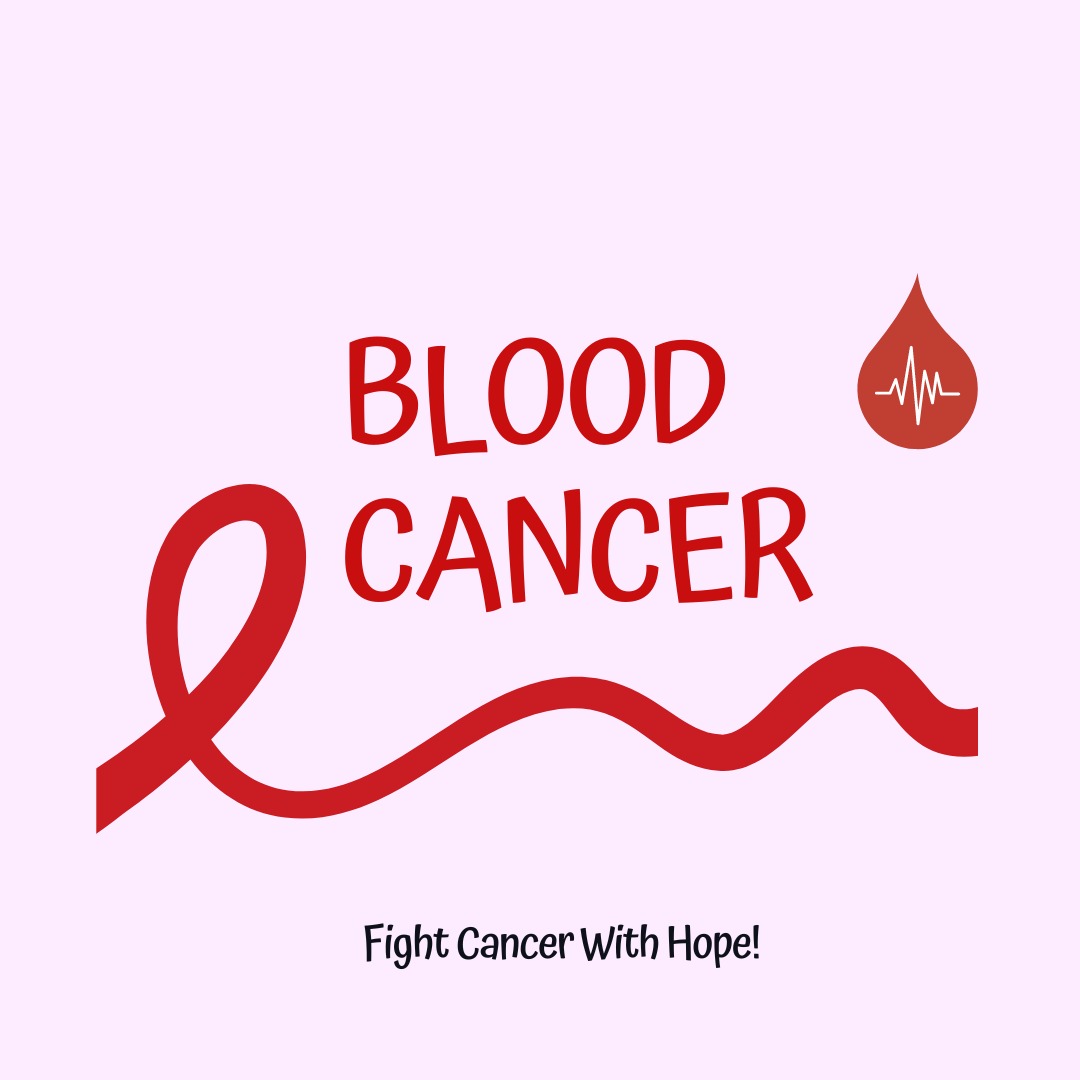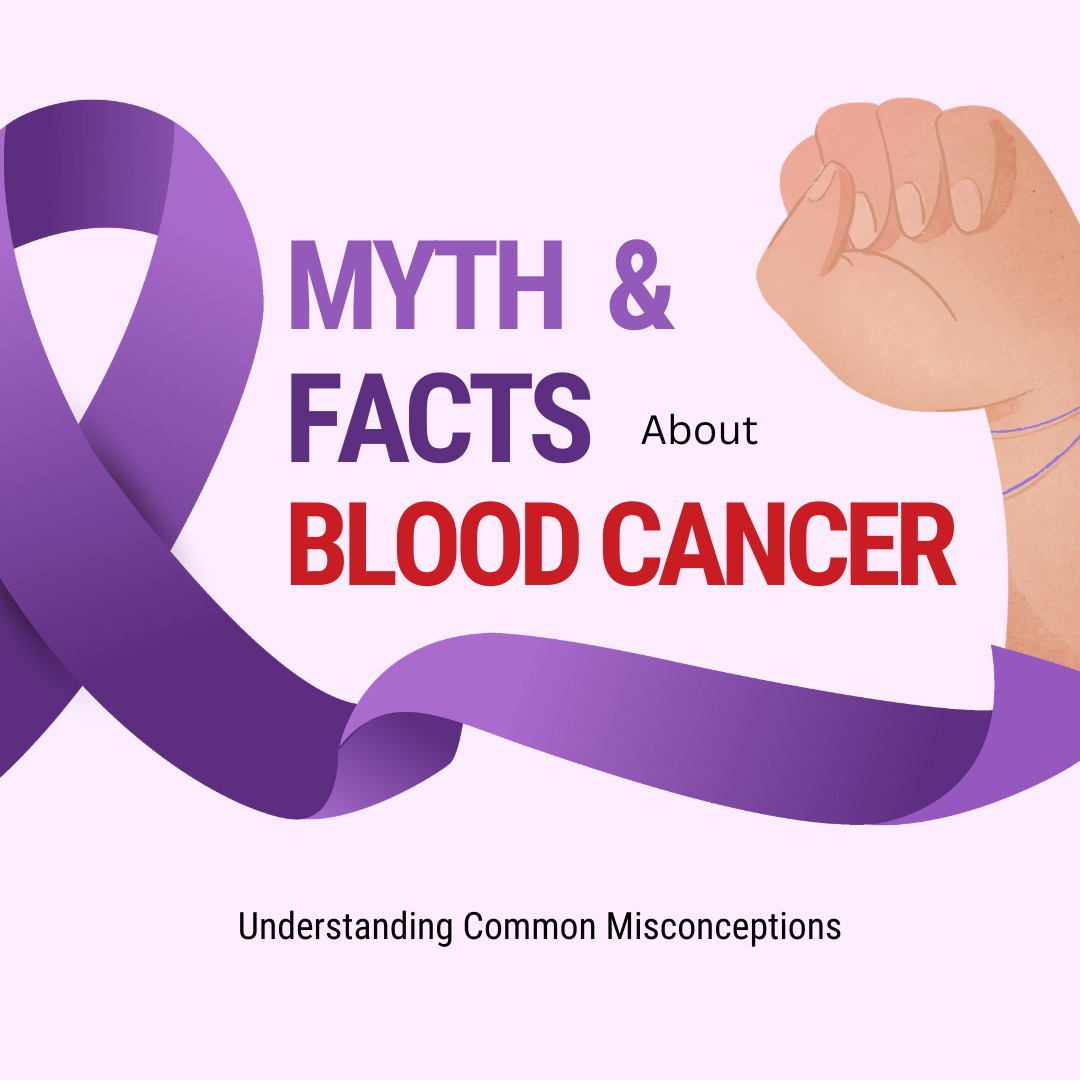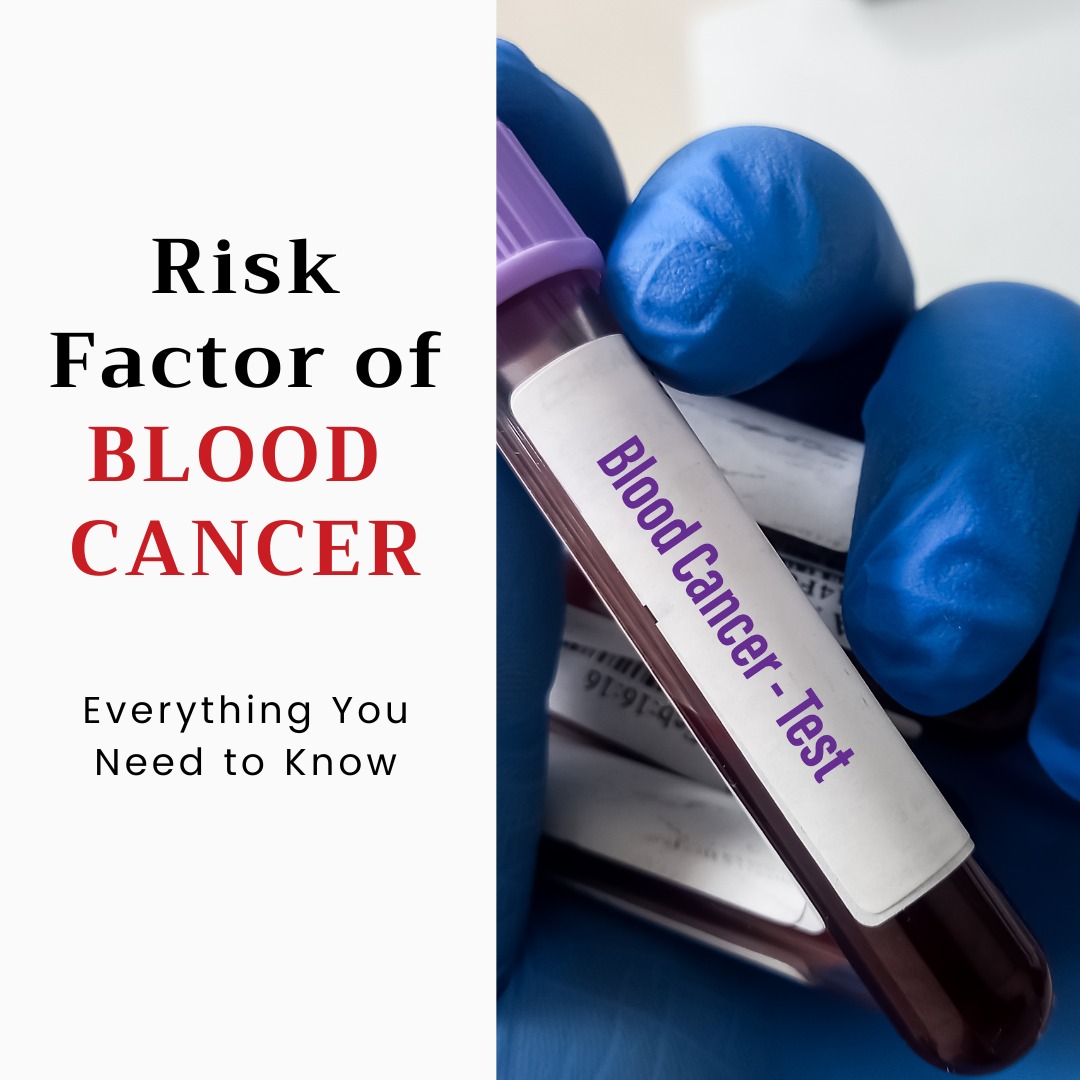July 10, 2018

Blood Cancer: Understanding Types, Symptoms, Diagnosis, and Treatments.
Blood cancer, also known as hematologic cancer, encompasses various malignancies that affect the blood, bone marrow, and lymphatic system. Understanding the types of blood cancer, recognizing symptoms, and being informed about diagnostic processes and treatment options can significantly empower patients and caregivers. This guide provides detailed information on leukemia, lymphoma, myeloma, and other blood cancers, along with a comprehensive overview of symptoms, diagnosis, and treatment options.
Types of Blood Cancer
Blood cancers are primarily classified into three main categories: leukemia, lymphoma, and myeloma. Each type affects different components of the blood and immune system and has unique characteristics.
1. Leukemia
Leukemia is a type of cancer that originates in the blood and bone marrow, characterized by the overproduction of abnormal white blood cells. These cells hinder the production of normal blood cells, leading to various health complications.
- Acute Lymphoblastic Leukemia (ALL): Predominantly affecting children, ALL progresses rapidly and involves the overproduction of immature lymphocytes.
- Acute Myeloid Leukemia (AML): AML primarily affects adults, involving the rapid growth of abnormal myeloid cells. It requires immediate treatment due to its fast progression.
- Chronic Lymphocytic Leukemia (CLL): More common in older adults, CLL progresses slowly, involving the overproduction of mature but dysfunctional lymphocytes.
- Chronic Myeloid Leukemia (CML): CML is characterized by the overproduction of mature and immature myeloid cells and progresses slowly.
2. Lymphoma
Lymphoma affects the lymphatic system, a crucial part of the immune system. It is divided into two main types:
- Hodgkin Lymphoma: Characterized by the presence of Reed-Sternberg cells, Hodgkin lymphoma typically starts in lymph nodes and can spread to other organs.
- Non-Hodgkin Lymphoma (NHL): Encompasses a diverse group of lymphomas without Reed-Sternberg cells, starting in various parts of the lymphatic system and presenting a wide range of symptoms and treatment responses.
3. Myeloma
Myeloma, commonly known as multiple myeloma, is a cancer affecting plasma cells, which are responsible for producing antibodies. Abnormal plasma cells accumulate in the bone marrow, interfering with the production of normal blood cells.
- Multiple Myeloma: The most common type, where cancerous cells accumulate in the bone marrow, causing damage to bones and other tissues.
Symptoms & Diagnosis
Recognizing the symptoms of blood cancer early can significantly improve treatment outcomes. Here’s a guide to common symptoms and the diagnostic processes involved.
Symptoms of Blood Cancer
The symptoms of blood cancer can vary widely depending on the type and progression of the disease. Some common blood cancer symptoms include:
- Fatigue and Weakness: Persistent tiredness not relieved by rest.
- Frequent Infections: Resulting from compromised immune function.
- Unexplained Weight Loss: Losing weight without any known cause.
- Swollen Lymph Nodes: Often found in the neck, armpits, or groin.
- Fever and Night Sweats: Persistent fevers and excessive sweating during sleep.
- Bone Pain: Particularly in the back or ribs, more common in myeloma.
- Bruising and Bleeding: Easy bruising, frequent nosebleeds, or bleeding gums.
- Shortness of Breath: Difficulty breathing, often due to anemia.
Diagnosis of Blood Cancer
Diagnosis typically involves a combination of physical exams, laboratory tests, and imaging studies. Key diagnostic steps include:
- Blood Tests: Complete blood count (CBC) to detect abnormalities in blood cells and other specific tests to measure markers associated with blood cancers.
- Bone Marrow Biopsy: A sample of bone marrow, usually taken from the hip bone, is examined for the presence of abnormal cells.
- Lymph Node Biopsy: A sample of lymph node tissue is examined to detect lymphoma cells.
- Imaging Tests: X-rays, CT scans, PET scans, and MRIs help visualize the spread of cancer and identify affected areas.
- Molecular Testing: Genetic and molecular tests identify specific mutations associated with different types of blood cancer, guiding treatment decisions.
Treatment Options for Blood Cancer
Treatment for blood cancer depends on the type, stage, and patient’s overall health. The main treatment options include chemotherapy, radiation therapy, and bone marrow transplant, among others.
1. Chemotherapy
Chemotherapy involves the use of drugs to kill cancer cells or stop their growth. It can be administered orally, intravenously, or through other methods. Chemotherapy is often the first line of treatment for many blood cancers and is commonly used in combination with other therapies.
2. Radiation Therapy
Radiation therapy uses high-energy beams to target and kill cancer cells. It can treat localized areas affected by cancer or prepare for a bone marrow transplant by destroying abnormal cells in the bone marrow.
3. Bone Marrow Transplant
A bone marrow transplant, also known as a stem cell transplant, replaces damaged or destroyed bone marrow with healthy stem cells. There are two main types:
- Autologous Transplant: Uses the patient’s own stem cells, which are collected, treated, and reintroduced after intensive treatment to kill cancer cells.
- Allogeneic Transplant: Uses stem cells from a donor, often a close relative or a matched unrelated donor. This type can provide a new immune system to help fight cancer.
4. Targeted Therapy
Targeted therapy uses drugs that specifically target cancer cells' molecular features, minimizing damage to normal cells. This approach can be particularly effective for cancers with specific genetic mutations.
5. Immunotherapy
Immunotherapy boosts the body’s immune system to recognize and destroy cancer cells. Treatments include checkpoint inhibitors, CAR T-cell therapy, and monoclonal antibodies, which can be effective for certain types of blood cancer.
6. Emerging Treatments for Blood Cancer
New treatments and therapies are continually being developed, including:
- CAR T-Cell Therapy: A type of immunotherapy that involves modifying a patient’s T-cells to better recognize and attack cancer cells.
- Gene Therapy: Techniques to modify or replace faulty genes responsible for cancer development.
- Clinical Trials: Participation in clinical trials can provide access to cutting-edge treatments and contribute to advancing medical knowledge.
Conclusion
Understanding blood cancer, including its types, symptoms, and available treatments, is crucial for patients, caregivers, and healthcare providers. Advances in research and treatment continue to improve outcomes and offer hope for those affected by these diseases. Staying informed and proactive in seeking care and support can make a significant difference in the fight against blood cancer.
For more detailed information and support, visit the Blood Cancer Society’s comprehensive resources or contact our helpline. Together, we can make strides toward better health and a future free from blood cancer.



